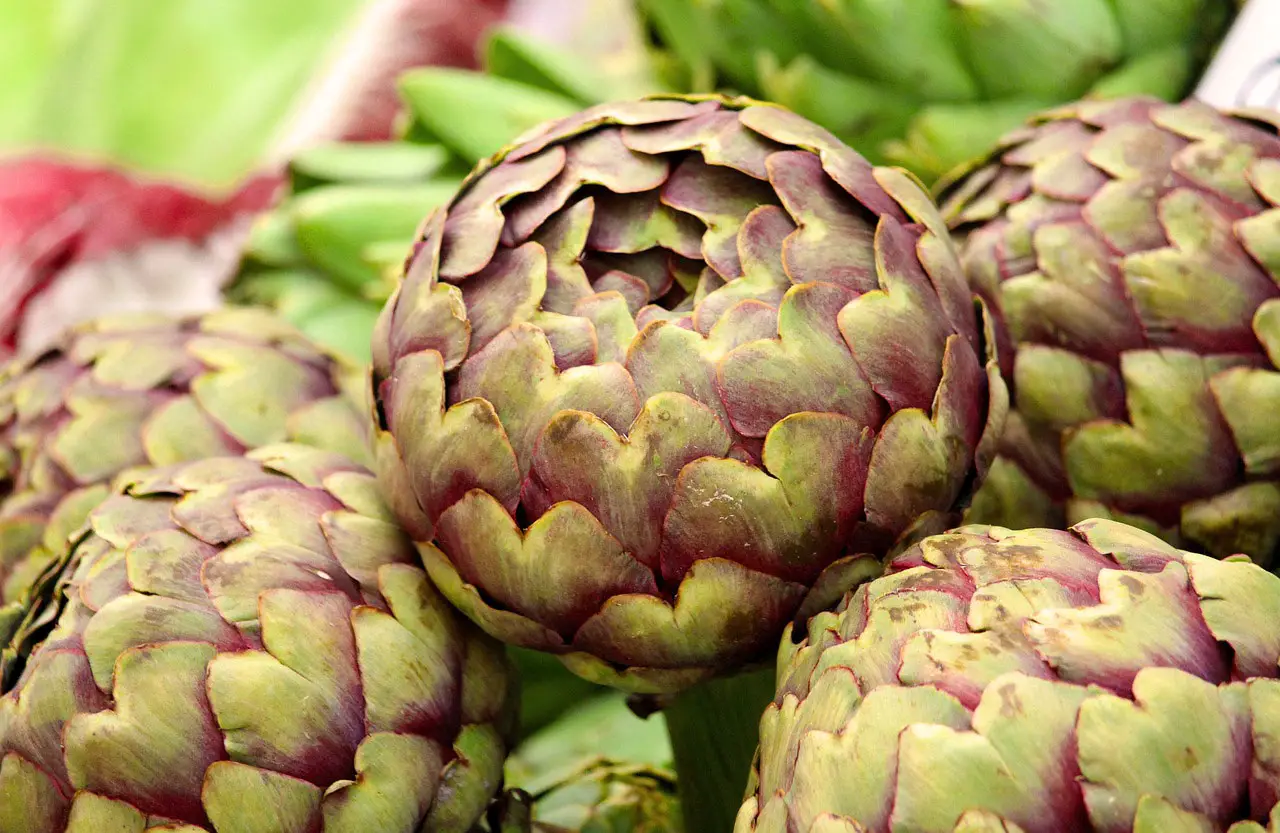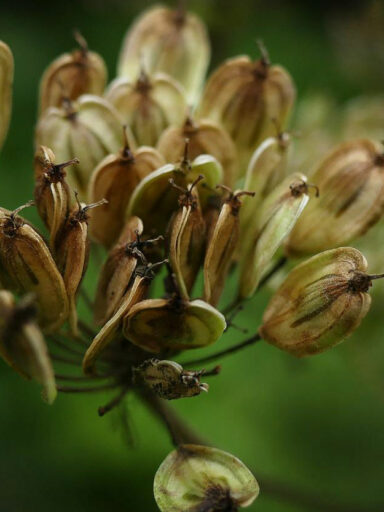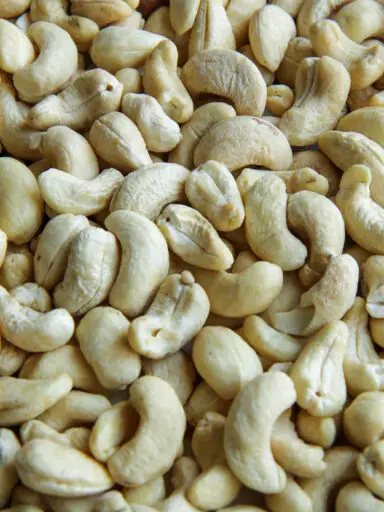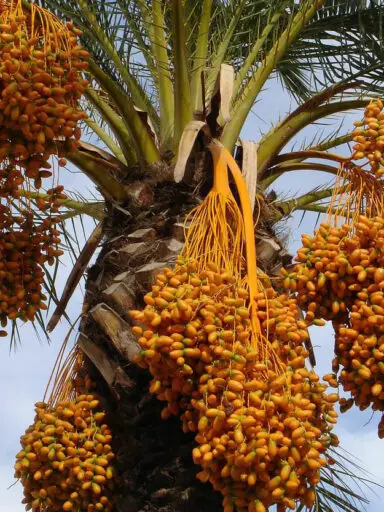Native to the Mediterranean area the Globe artichoke also known as Ankinara in Greek is an edible flower bud consumed as a vegetable and cherished for its medicinal and health benefits.
Botanically it is a thistle that grows to 1 to 2 meters tall. The flowers which grow to an edible bud grow about 10 to 15 centimeters in diameter. It contains triangular scales resembling those of fish scales. The flowers are purple or blue with the edible portion being at the base of it.
The largest producers of the globe artichoke are Italy, Egypt, Spain, Argentina, and Peru respectively.
Varieties include the following:
Vegetative Propagated
- Green, big variety: Known as – ‘Vert de Laon’, ‘Camus de Bretagne’, and ‘Castel’ in France. ‘Green Globe’ in the USA and South Africa
- Green, medium-size variety: Known as ‘Verde Palermo’ in Sicily, ‘Blanca de Tudela’ in Spain, ‘Argentina’ and ‘Española’ in Chile. ‘Blanc d’Oran’ in Algeria, ‘Sakiz’ and ‘Bayrampasha’ in Turkey
- Purple, big variety: Known as ‘Romanesco’ and ‘C3’ in Italy
- Purple, medium-size variety: Known as ‘Violet de Provence’ in France, ‘Brindisino’, ‘Catanese’, and ‘Niscemese’ in Sicily. ‘Violet d’Algerie’ in Algeria, ‘Baladi’ in Egypt, ‘Ñato’ in Argentina, ‘Violetta di Chioggia’ in Italy.
- Spined variety: Known as ‘Spinoso Sardo e Ingauno’ in Sardinia and ‘Criolla’ in Peru.
Seeds Propagated
- Industry varieties which include ‘Madrigal’, ‘Lorca’, ‘A-106’, and ‘Imperial Star’
- Green varieties: These include ‘Symphony’ and ‘Harmony’
- Purple varieties: Including ‘Concerto’, ‘Opal’ and ‘Tempo’
Globe artichoke is harvested before the buds mature just before the petals begin to open.
Fresh produce is available in markets all through the year.
A fresh globe artichoke should feel heavy for its size. They should not have any bruises, cuts, or mold growing on them.
The scales should be firm and tightly packed to each other. They can be stored in a refrigerator in zip-lock plastic bags for about a week.
Avoid selecting large over-mature buds as these are less flavorful and do not keep as well.
Preparing Globe Artichoke as Food
They should be washed thoroughly under cold running water. The baby artichokes can be eaten whole as they are tender in texture.
The larger ones need to have the stems cut off and the lower scales removed with scissors or a knife. The scales can then be spread out after the thorny ends have been trimmed.
A lemon should be rubbed on the cut ends to prevent it from turning after exposure to air similar to how avocado or banana turns.
The preparation is varied and generally, instructions in individual recipes should be followed. Generally, they can be prepared stuffed with seafood, poultry, or other vegetables.
They can also be cut up and consumed as a vegetable ingredient mixed with other vegetables, beans, lentils, and meat dishes. It can also be eaten as the main star of a vegetable dish.
The globe artichoke can be cooked in various methods. You may Sauté, deep fry, grill, barbecue, steam, boil, or roast the artichoke hearts.
Nutritional Benefits
The globe artichoke contains 47 calories per 100 grams. It contains trace amounts of fat and has no cholesterol. It is a very good source of dietary fiber and carbohydrates. It also contains some amounts of protein.
It is a rich source of antioxidants as well as vitamins and minerals. Artichoke contains good amounts of B-complex vitamins such as folates, niacin, pantothenic acid, pyridoxine, riboflavin, and thiamin. It is a good source of vitamin C and vitamin K.
As for minerals, it is a good source of potassium, zinc, and calcium. It is a rich source of copper, iron, and magnesium. It is also a rich source of manganese and phosphorus.



